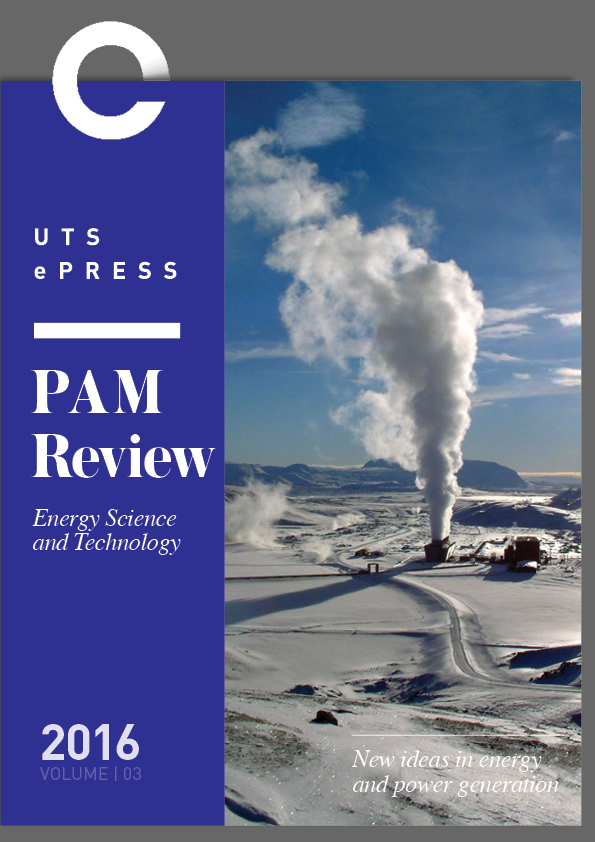A meta-study of the effect of thermodynamic parameters on the efficiency of geothermal power plants worldwide
Main Article Content
Abstract
As global energy demand rises, the search for viable alternative fuel sources continues. The practicality of geothermal energy to meet this demand is highly dependent on optimizing thermal efficiency. While geothermal energy is currently used in places like Western Australia for direct-heat applications such as leisure centres, developing a geothermal power plant in such an area depends on predicting which thermodynamic parameters optimize thermal efficiency. This meta-study focuses on the effect of geothermal operation parameters such as inlet pressure, temperature, mass flow rate, well depth and number of production wells on the thermal efficiency of geothermal power plants. Drawing data from 61 geothermal power plants around the world ranging in design capacity (MWe) and size, a meta-study on the thermal efficiency of plants operating under different thermodynamic cycles, namely single-flash, double-flash, binary Organic Rankine Cycle (ORC) and Kalina, is offered. These various thermodynamic parameters are analysed to determine the presence of observable thermal efficiency patterns or trends that may lead to the optimization of operation parameters for new geothermal plants. Based on the available published data reviewed, there are few trends which indicate how geothermal operation parameters affect thermal efficiency. Well depth may be an indicator of efficiency for geothermal power plants using ORC and double-flash cycles, however further data is required to support this conclusion.
Article Details
Issue
Section
Authors who publish with this journal agree to the following terms:
a) Authors retain copyright and grant the journal right of first publication with the work simultaneously licensed under a Creative Commons Attribution License that allows others to share and adapt the work with an acknowledgement of the work's authorship and initial publication in this journal.
b) Authors are able to enter into separate, additional contractual arrangements for the non-exclusive distribution of the journal's published version of the work (e.g., post it to an institutional repository or publish it in a book), with an acknowledgement of its initial publication in this journal.
c) Authors are permitted and encouraged to post their work online (e.g., in institutional repositories or on their website) prior to and during the submission process, as it can lead to productive exchanges, as well as earlier and greater citation of published work (See The Open Access Citation Advantage Service). Where authors include such a work in an institutional repository or on their website (ie. a copy of a work which has been published in a UTS ePRESS journal, or a pre-print or post-print version of that work), we request that they include a statement that acknowledges the UTS ePRESS publication including the name of the journal, the volume number and a web-link to the journal item.
d) Authors should be aware that the Creative Commons Attribution (CC-BY) License permits readers to share (copy and redistribute the work in any medium or format) and adapt (remix, transform, and build upon the work) for any purpose, even commercially, provided they also give appropriate credit to the work, provide a link to the license, and indicate if changes were made. They may do these things in any reasonable manner, but not in any way that suggests you or your publisher endorses their use.
